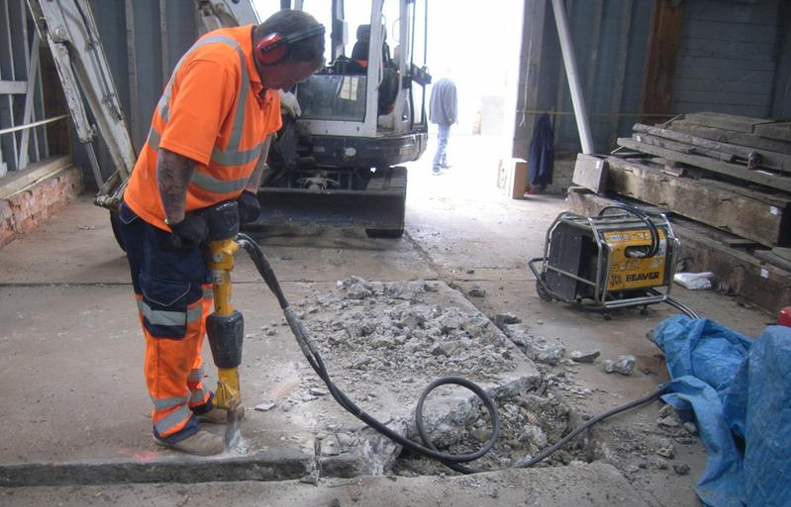Initially build in the 18th century this pond would have formed an extension to the original Southern Mast Pond – so what was it used for?
To produce ships you need wood, and lots of it – in order to prepare the logs for use they would have first needed to be seasoned and this is where the pickling pond would have come in. Filled with brackish water the timbers would have been immersed and stored during which time sap would have been leached out and replaced by salt from the pond water which would have been provided via a series of culverts and tunnels connected to the adjacent river.
Once adequately treated and dried, a process that would take many months, timbers would have been transported to the sawyers for use or stored for later use in the adjacent storehouses. The pickling pond therefore formed an essential role in the mechanism of the dockyard and the production of ships such as HMS Victory (1765), HMS Namur (1756) and HMS Unicorn (1824).
Today the pickling pond lies below the Wheelwrights Shop which was constructed in about 1780 and currently house timbers of the broken up 17th century Warship HMS Namur.
So, what were there expecting to find and did archaeologists from Wessex Archaeology find it?
Read the full article here: http://www.wessexarch.co.uk/blogs/news/2014/11/12/back-dockyard
Coming soon – Works at The Historic Dockyard Chatham throughout the summer of 2014 including the excavation of part of the Southern Mast Pond and Brunel Canal.
Associated links:
